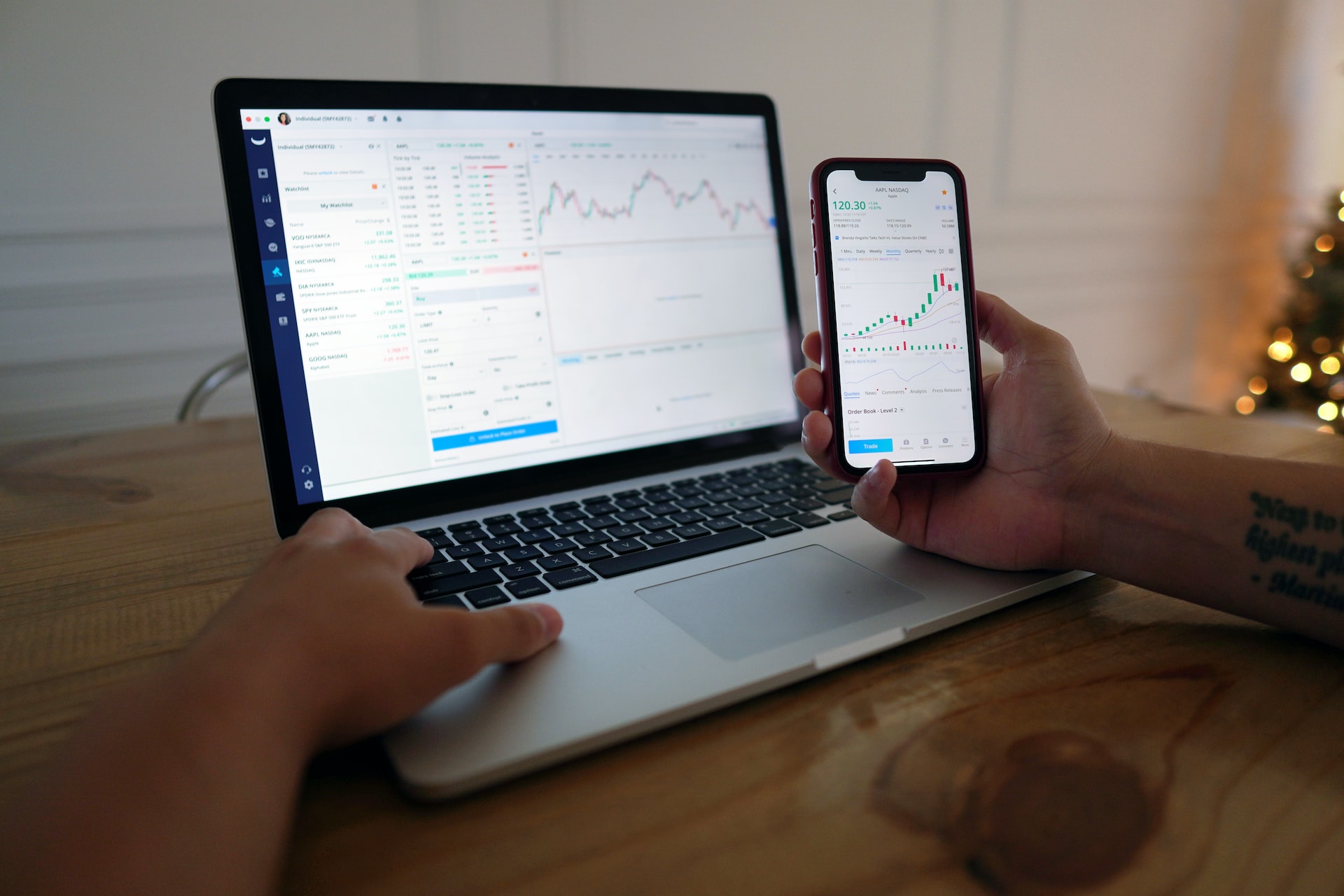Do you already know your investor profile ? Whatever it is, conservative, bold or moderate, you need to know how to build an investment portfolio .
This is the best way to earn your money safely. After all, that talk about keeping money under the mattress is a joke.
Follow this article to learn how to build an investment portfolio and how your investor profile influences these choices!
After all, what is an investment portfolio?
It is the set of investments that a person has. Also called an investment portfolio, this portfolio is like a basket of products where the investor gathers all his financial investments.
And it is very important that this basket is diversified , with different products, to protect the investor’s assets. You can combine conservative, moderate or aggressive applications. The proportion of each type of investment will depend on your investor profile.
What is an investment portfolio used for?
The main function of an investment portfolio is to diversify the investor’s equity, dividing the money into different assets and diluting the risk. In this way, it is possible to obtain more security when investing, since the value is divided into different investments, such as fixed income and variable income.
Learn more about the main benefits of building an asset portfolio:
Diversify investments
Diversification of investments is a great benefit of having an investment portfolio. With this benefit, it is possible to invest in different assets and obtain income from each one of them.
The truth is that the investor does not need to be tied to a single investment. He can get the benefits of investing in all the assets that are within his investor profile. Diversification makes it possible to dilute credit, liquidity or market risks by investing in different assets.
Protect the heritage
Another benefit of having an investment portfolio is equity protection. By diversifying your investments, you can spread your equity across different assets. That is, if any investment does not show the expected result, your money will not be all invested in that single asset.
Therefore, you are more stable regarding the risks offered by some investments and you know that your equity is divided into several assets.
How to build an investment portfolio step by step
If an investor invests in more than one type of product, he already has an investment portfolio. However, this does not mean that the portfolio is efficient.
Knowing how to build an investment portfolio is much more than just distributing your equity in random assets, you need to consider some very important criteria. That’s what we’ll see in the next step by step!
1. Understand your investor profile
Finding out what your profile is is essential to know which applications suit you and to build your investment portfolio. This will help define what level of risk the investor is willing to take in exchange for greater returns.
Check out the three types of profiles:
- Conservative : values security and does not like to take risks. This investor doesn’t care about lower returns, as long as he doesn’t lose money on investments;
- Moderate : Accepts riskier investments in search of a higher return, but still values security.
- Aggressive : also called bold, this investor seeks profitability above all else, leaving security and liquidity a little aside.
2. Set a goal
Building an ideal investment portfolio is all about your investment goals.
If your goal is to travel a year from now and the total cost of that trip is around R$10,000, your ultimate goal is to have enough money to travel . To get there, you will need to invest around R$800 every month.
The investments that will be part of the portfolio must meet the objective . So, for this goal to be achieved, the ideal here is to opt for highly liquid assets with lower risk, as they serve the short term well.
Now, if an investor has the objective of investing in the long term to buy a house on the beach when he retires, for example, investment in stocks that pay dividends and some more moderate or bold investment funds fulfill the role well.
3. Choose more than one option
Imagine an investor who, in 2020, when the Selic closed the year at the historic mark of just 2% per year, had only products linked to that rate in his portfolio. This investor had a very small return and well below inflation.
Now, if that same investor had a portfolio with more assets , such as funds, stocks and bonds, the risk of low profitability would be diluted, right?
By learning how to build an investment portfolio and divide your money, you can invest in different parts of the financial market and become more secure.
4. Have an emergency reserve
The emergency reserve is money that you leave invested in a low-risk, high-liquidity application. This amount will be used when an unexpected problem arises , such as a layoff or an urgent home renovation.
The ideal amount for the emergency reserve is three to six months of your total cost of living. So, if you need 3,500 to cover your expenses, you need to have 10,500 to 21 thousand reserved for emergency situations. Sounds like a lot, right? Yeah, but you can start slowly.
5. How to build an investment portfolio: invest in your future
Investing in retirement is essential to maintain the standard of living in the future. In that case, a good choice is to hire a private pension plan . In this investment, the money is invested in a pension fund and begins to yield with the power of compound interest.
But anyone who thinks that private pension is only good for retirement is wrong. With it, it is possible to achieve several short, medium and long term goals. In addition to the tax advantages, you can schedule monthly contributions via automatic debit or bank slip.
How to build an investment portfolio: golden tip
Diversifying investments is the ideal way to improve the risk-return ratio.
When applying to different investments, the portfolio is not so damaged if any investment you have suffers a decline.
For example, imagine that you only invest in a fund that has performed very well in recent years. However, as past performance is no guarantee of future performance, the product’s performance was negative and you lost money.
If your portfolio had other assets, this risk would be mitigated due to the other investments that bring balance to the portfolio.
Discover the main investments
To assemble an investment portfolio, you need to know which are the main investments that you can invest. But first, understand that investments are classified between fixed income and variable income.
Fixed income investments are those in which the investor knows the rate at which he will be remunerated, whether post-fixed or pre-fixed.
In pre-fixed , you receive a certain fixed percentage of the applied amount. In the post-fixed format , remuneration is linked to an economic indicator, which may vary.
Variable income investments, on the other hand , are those that the investor does not know at what rate he will be remunerated and, therefore, there is greater instability in investing in these assets. Because it is variable, the investor does not know exactly how much he can earn, highlighting the importance of specialized management.



